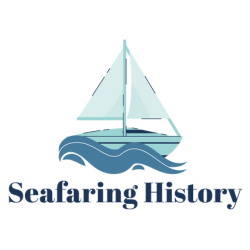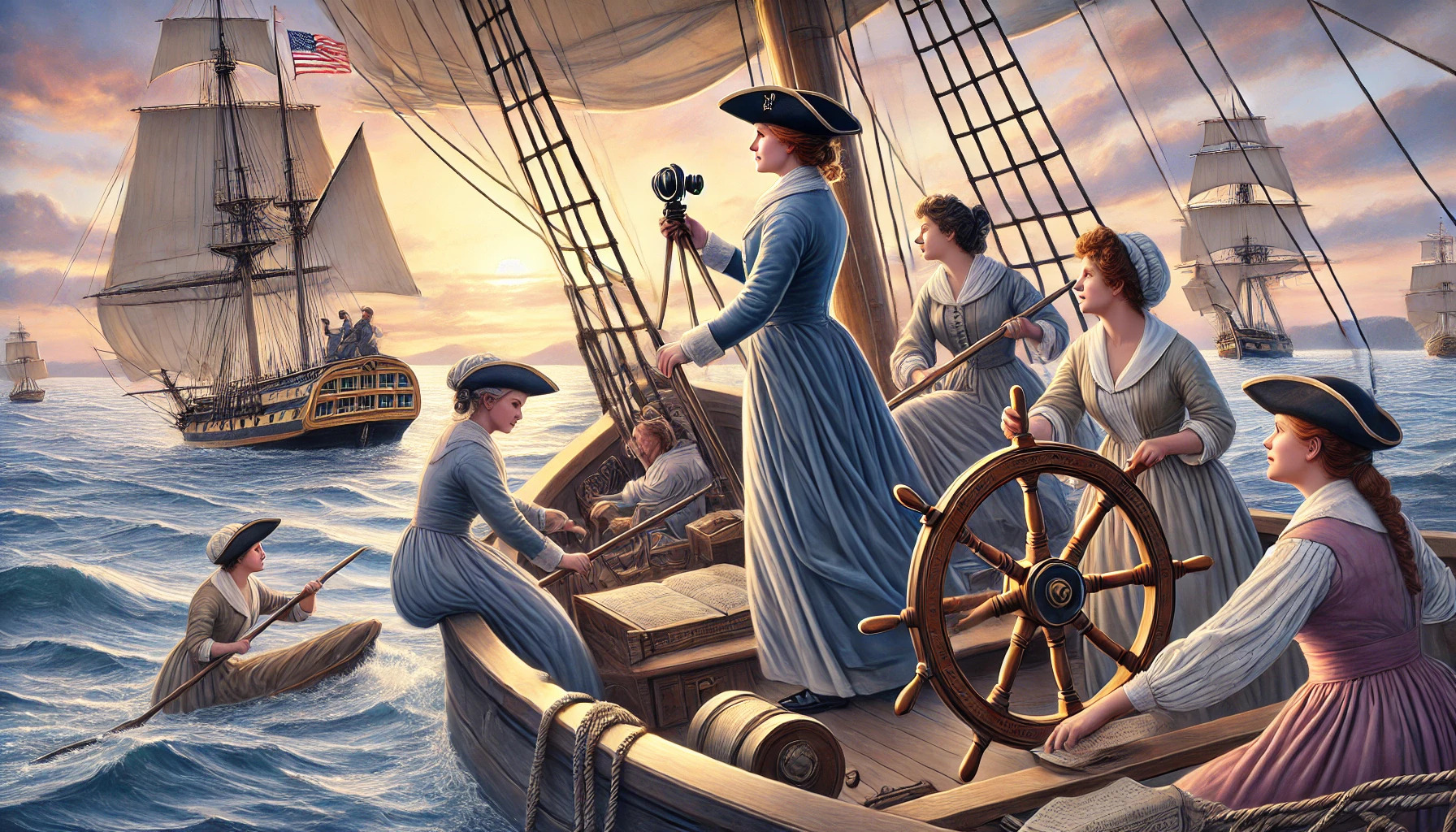The ship’s wheel has a rich history that reflects the evolution of maritime navigation. From its humble beginnings as simple paddles to the sophisticated steering systems we see today, the ship’s wheel has been crucial for safe passage across the seas. This journey illustrates how humans have continually sought better ways to control their vessels amid changing tides and unpredictable weather.
As navigation became more complex, so did the technology behind steering mechanisms. Historical figures like Columbus and Magellan navigated without wheels, relying instead on rudimentary methods. The introduction of the ship’s wheel in the 18th century marked a significant advancement, allowing sailors to steer larger and heavier ships with greater ease.
Today, modern ships utilize advanced hydraulic and electronic systems to enhance control and precision. The ship’s wheel remains a vital symbol of maritime tradition, representing the balance between innovation and the skills of seafaring. Readers will find the evolution of these steering systems both fascinating and essential to understanding nautical history.
Origins of Maritime Navigation
Maritime navigation has a rich history that dates back to ancient times. Early sailors used various methods to control their vessels, shaping the way navigation systems developed over time. Two significant advancements in this evolution were the ancient steering systems and the introduction of the tiller.
Ancient Steering Systems
In ancient times, sailors relied on simple steering methods like oars and rudders. Oars were crucial for maneuvering small boats, while larger vessels used rudders attached to the hull. These early systems allowed sailors to guide their ships with limited precision but were effective for navigating coastal waters.
As technology progressed, some cultures developed more intricate designs. For instance, the Greeks and Romans improved rudder design to enhance control. This made it easier to steer larger ships through unpredictable waters. These innovations laid the groundwork for future steering mechanisms.
The Advent of the Tiller
The introduction of the tiller marked a turning point in maritime navigation. The tiller is a long lever connected to the rudder, allowing for more precise steering. This made it easier for captains to navigate larger ships and respond quickly to changing conditions at sea.
Initially, tillers were used in smaller vessels. However, their effectiveness led to wider adoption in larger ships. The shift to using a tiller reduced the physical effort needed to steer, making sailing more accessible. As a result, sailors could focus on navigation and performance rather than merely controlling the vessel.
The Development of the Ship’s Wheel
The ship’s wheel has a rich history and has seen significant changes over the years. Its development involved various innovations, designs, and integration with steering systems that improved maritime navigation.
Early Steering Wheels in Europe
Early steering wheels appeared in Europe during the 14th century. Before this, ships were typically steered using oars or a simple tiller. The introduction of the wheel allowed for more precise control. Most early wheels were made of wood and featured a simple circular shape. This design was limited but marked a revolutionary step in ship steering. The wheel’s placement near the back of the ship allowed sailors to have a better view of the sails and the horizon.
Design Innovations
As maritime technology advanced, so did the ship’s wheel design. By the 18th century, the Royal Navy introduced wheels that improved functionality and durability. These new wheels were larger, offering better grip and leverage. They often included multiple spokes, which made turning easier. In addition, decorative elements became common, reflecting the ship’s status. Some wheels had a more elaborate design, indicating the ship’s importance. These innovations not only enhanced steering but also made the wheel a symbol of the sea and exploration.
The Integration of the Wheel and Rudder
The ship’s wheel became an essential part of the steering mechanism. Its integration with the rudder changed how vessels navigated through water. When the wheel turned, it would activate a system of cables and pulleys connected to the rudder. This setup allowed for smoother and more responsive steering. The combination of the wheel and rudder improved vessel handling, making it easier to maneuver in tight spaces. Over time, this design became a standard in shipbuilding, setting the stage for modern steering systems.
Enhancements in Ship Steering Mechanisms
Ship steering systems have seen significant advancements over the years. From mechanical innovations to hydraulic applications, these enhancements have improved control and safety for sailors.
Mechanical Steering Systems
Mechanical steering systems are the backbone of many traditional ships. They use a series of cables, pulleys, and gears that connect the wheel to the rudder. This system translates the movement of the wheel into changes in direction.
Components of Mechanical Steering:
- Wheel: The circular device that the captain turns.
- Cables and Pulleys: These transmit movement from the wheel to the rudder.
- Gears: They help increase the force applied, making it easier to steer larger vessels.
This setup provides a reliable form of steering and is still used in many small to medium-sized boats today.
Hydraulic Steering Systems
Hydraulic steering systems offer a more modern approach to steering. They use pressurized fluid to move the rudder, allowing for smoother and more responsive control.
Benefits of Hydraulic Systems:
- Ease of Use: They require less effort to turn the wheel, especially on larger ships.
- Precision: Hydraulic systems allow for quick adjustments, making navigation easier in challenging conditions.
- Durability: These systems are designed to withstand harsh maritime environments.
As ships became larger and more complex, hydraulic steering became essential for maintaining control and ensuring safety at sea.
Technological Advancements in Steering
Steering systems have seen significant changes thanks to modern technology. Key innovations have made maritime navigation more precise and easier to manage. Two notable advancements are electronic steering systems and dynamic positioning systems.
Electronic Steering Systems
Electronic steering systems have revolutionized how ships are controlled. These systems use electronic signals instead of mechanical cables to move the rudder. This allows for quicker and more accurate adjustments to the vessel’s direction.
Operators can finely tune steering responsiveness according to sea conditions. This results in smoother handling and a better response during maneuvers. Additionally, electronic systems reduce wear on mechanical parts, leading to lower maintenance costs over time. Because of these benefits, many modern ships prefer this advanced technology for enhanced safety and performance.
Dynamic Positioning Systems
Dynamic positioning systems use computers and GPS to keep a ship in a fixed position. They are crucial for operations that require precision, such as offshore drilling or cable laying. These systems automatically adjust the ship’s thrusters to counteract wind and current effects.
The technology continuously monitors the vessel’s position and makes real-time corrections. This capability greatly reduces the risk of collisions and grounding. With the growing need for accuracy in various marine operations, dynamic positioning systems are increasingly becoming a standard feature on large ships.
Modern Steering and Control Systems
Modern steering and control systems have significantly advanced, incorporating technology and automation to enhance safety and efficiency at sea. These systems integrate various technologies to provide a seamless navigation experience for crew and vessels.
Integrated Bridge Systems
Integrated Bridge Systems (IBS) combine all the navigational tools into one centralized interface. This setup allows operators to control radar, chart plotting, and steering systems from a single station.
Benefits of IBS include improved situational awareness and reduced workload for the crew. The integration of multiple systems helps prevent errors, as information is synchronized and displayed clearly.
Vessels equipped with IBS can respond more effectively to changing conditions. Modern designs often feature touchscreen displays and customizable layouts to suit individual preferences.
Autopilots and Artificial Intelligence
Autopilots have evolved from simple mechanical systems to sophisticated digital units. Today’s autopilots can maintain a ship’s course with minimal human input, making them essential for long voyages.
Artificial Intelligence (AI) further enhances these systems. With the ability to analyze vast amounts of data, AI helps optimize navigation routes based on weather conditions and traffic.
These technologies reduce fatigue for crew members and increase operational efficiency. They also allow for adaptability in emergencies, improving safety on the water.

